Irrigation: Different Techniques and Benefits
.webp)
Last Updated July 13, 2023
We’ll start by explaining the different types of irrigation systems, then why proper irrigation is essential, and finish with important factors to consider and some of the most common mistakes people make. So, let’s get started.
Table of Contents:
Types of Irrigation Systems: Narrowing Down the Options
Irrigation methods have been around for thousands of years—for as long as we’ve had the ability to grow our own food—and they vary in how they obtain and disperse the water. Here are the different types of irrigation systems, how they work, and the benefits of each:
Sprinkler Irrigation
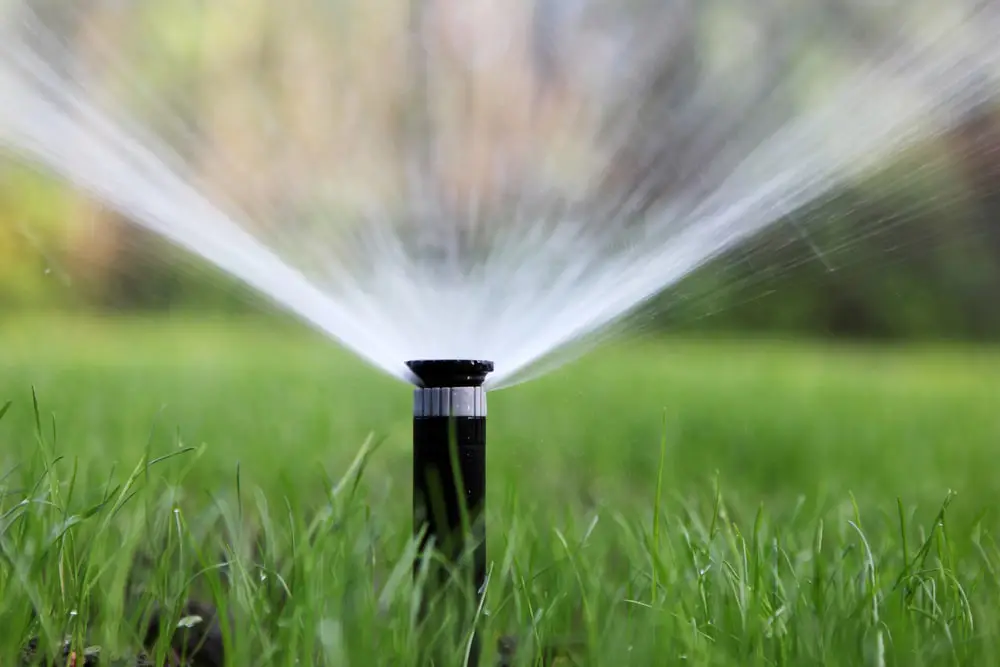
Sprinkler irrigation is a method of applying water to the land in a manner that mimics natural rainfall. Water is distributed through a system of pipes, usually by pumping, and is then sprayed into the air through sprinklers that break up the water into small drops. The water drops then uniformly fall to the ground.
The benefits of sprinkler irrigation include:
Suitable for watering varying sizes of land—both large and small plots. Effective at directing water to specific areas to minimize water loss and improve watering efficiency.
Ability to administer fertilizers and chemical treatments through the system for even application.
Drip Irrigation
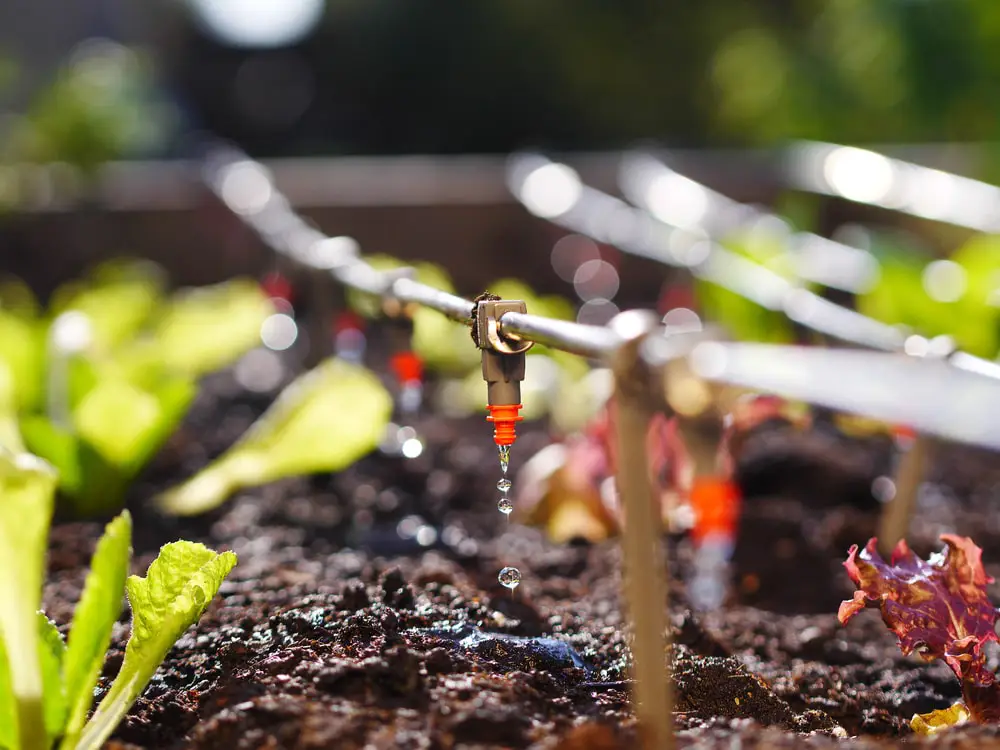
Also known as trickle irrigation, the drip irrigation method allows water to drip slowly to the roots of plants through narrow tubes equipped with emitters. This method allows water to be delivered directly to the base of the plant. Drip irrigation conserves water and efficiently irrigates non-turf areas such as flower beds, ground cover, street medians, vegetable and perennial gardens, and hanging baskets.
The benefits of drip irrigation include:
Saves time, money, labor, and water because the system is so efficient. Help prevent fungal disease by minimizing water contact with the leaves, stems, and fruit of plants. Discourages weed growth because water is only delivered where it’s needed. Ideal option for watering on uneven ground
Subsurface Irrigation
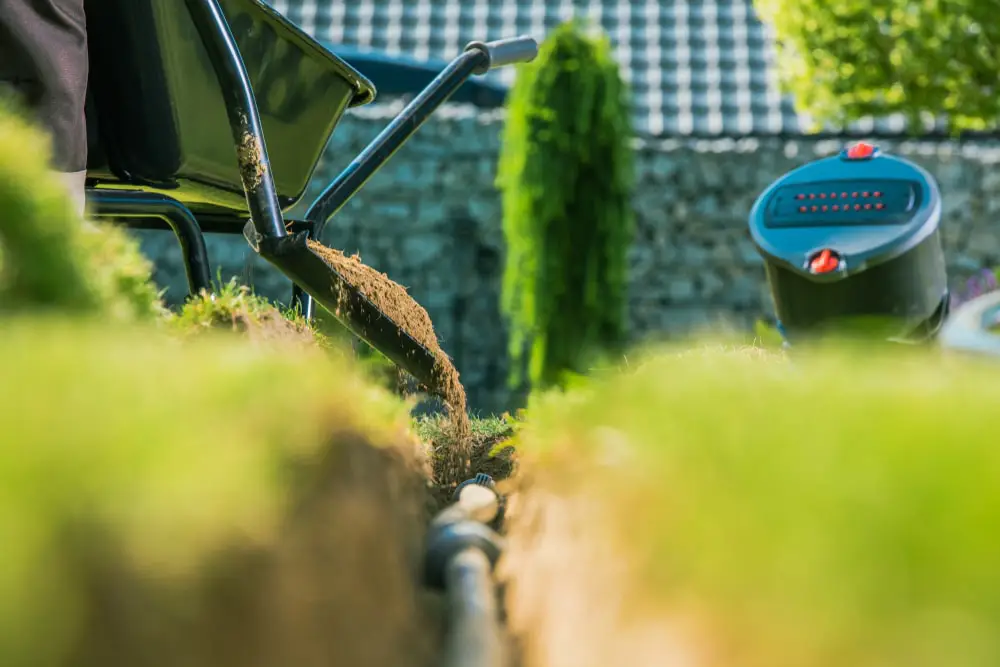
Subsurface irrigation is similar to the drip/trickle method in that it distributes water through tubes and emitters. But as you can probably guess by the name, the tubes are buried below the surface of the ground. Developed in the 1960s in Israel, where water tends to be scarce, this system works best for areas that are arid, hot, windy, or have sandy soil types.
The benefits of subsurface irrigation include:
Saves water by eliminating surface evaporation in hot and arid conditions. Reduces the number of weeds because water is not on the soil surface where most weed seeds germinate. Reduces the risk of damage from animals or machinery because the system is below ground.
Surface Irrigation
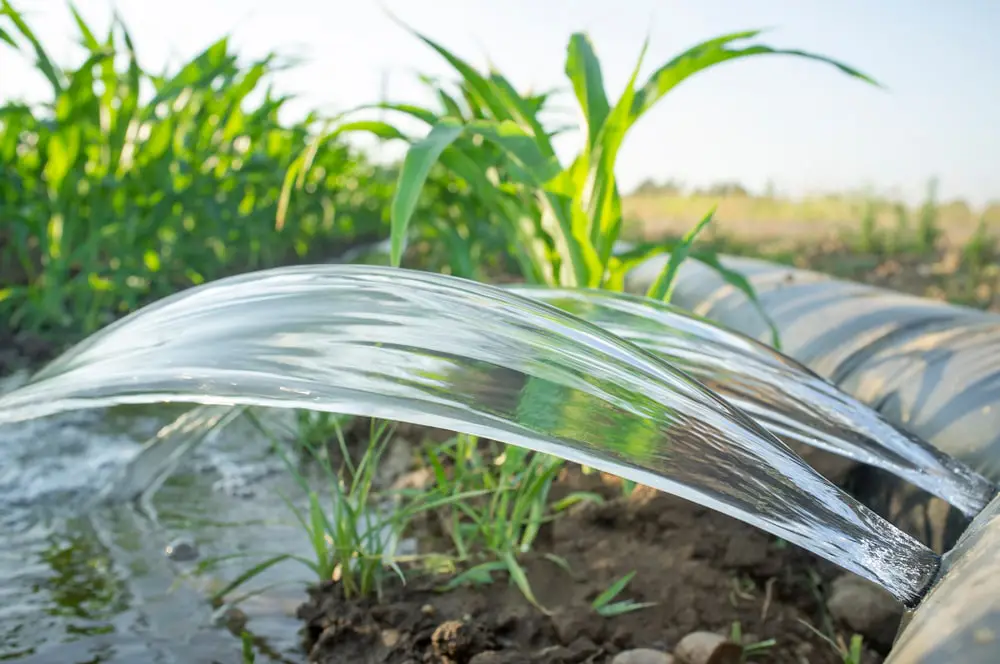
One of the most common and oldest methods of irrigation is surface irrigation. This method uses the force of gravity to distribute the water, which then seeps into the soil. It’s also known as flood irrigation because it simply allows water to flow into an area. This method is not as efficient as other options because too much water is typically used to saturate the land.
The benefits of surface irrigation include:
Requires less manual labor than hose spraying or shifting hose sprinklers. Better able to cover a large plot of land in a shorter amount of time. Not as negatively influenced by winds or sediments as other systems. This is a fairly low-maintenance system.
Importance of Proper Irrigation
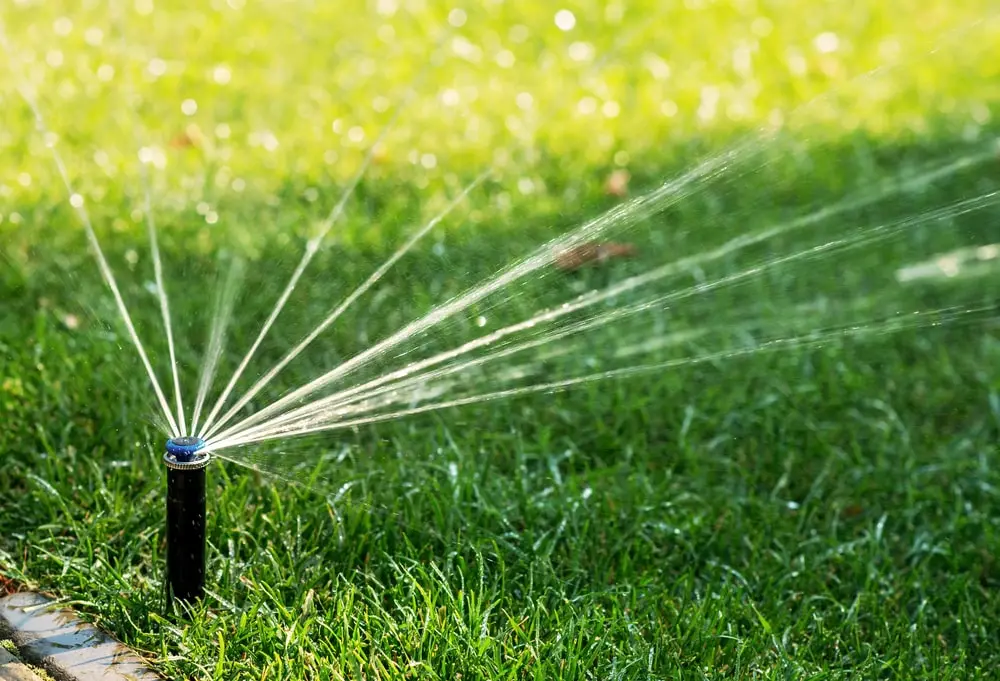
A well-maintained landscape brings property owners a sense of pride and joy and improves curb appeal. However, it takes careful planning and finding the best irrigation techniques for your property to ensure effective and efficient watering. While there are many different types of irrigation systems, they all promote a healthy, green lawn and landscape and are beneficial in many ways, including the following:
Saving time: Watering your yard by hand is a time-consuming process, especially if you have a large yard. Choosing the proper irrigation system will free up your precious time and allow you to stop worrying about watering your lawn on the weekend.
Conserving water and reducing costs: There are many different irrigation methods that conserve water and save money. These irrigation techniques include placing sprinklers where they will be most effective, ensuring an even water flow, using a timer correctly, and distributing the right amount of water for your property’s needs.
Helping to reduce weeds, diseases, and fungi: Overwatering contributes to plant diseases. Irrigation systems provide the right amount of water, and with the right irrigation techniques, they can limit water to areas of your yard where weeds thrive.
Preserving nutrients in soil: Too much water can wash away many of the vital nutrients that plants and lawns need for good health. Proper irrigation techniques can prevent this from happening
Factors to Consider When Choosing Irrigation
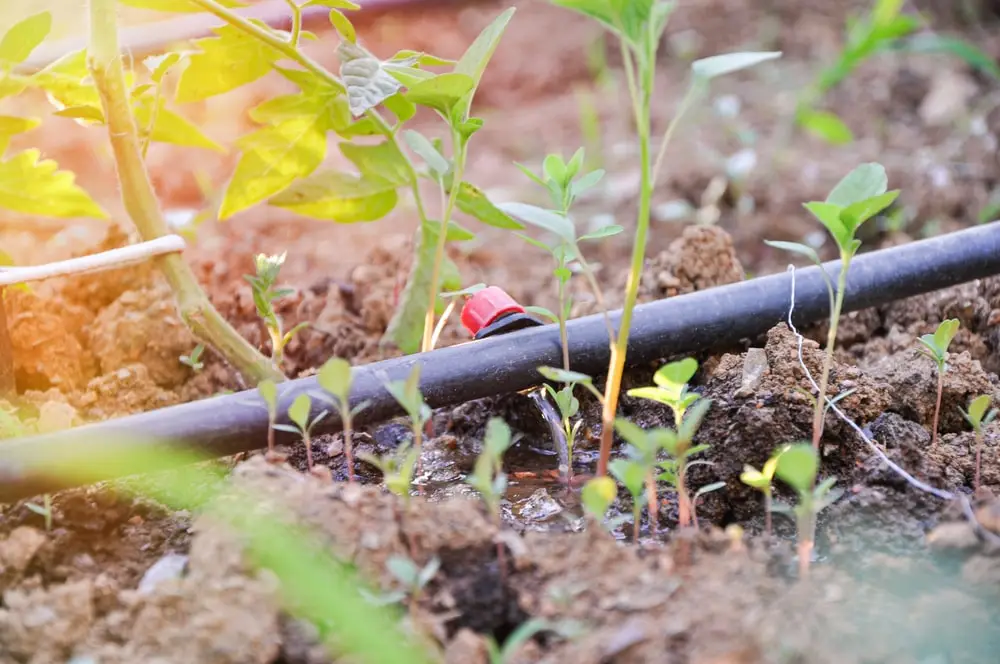
With so many different types of irrigation methods, choosing the right system can be overwhelming. The following are some factors to consider when choosing an irrigation system:
Type of soil: Some soil holds more water than others. Knowing which kind of soil you have will help you choose irrigation that is best suited for your property.
Topography and landscape needs: Lawns on a slope should be watered differently than those on a flat surface, and xeriscape gardens, for instance, require very little water compared to many other landscape designs. Choose from the irrigation options above to determine which works best for your needs.
Types of vegetation: Flower and vegetable gardens have different watering needs. Some plants will benefit from a drip irrigation system, while others may prefer an overhead sprinkler system. Research the watering needs for your specific flowers and/or vegetables to determine which system will work best for you.
Picking the right irrigation system can be tricky, but irrigation experts at The Grounds Guys® can help. We can provide additional advice and recommendations to help you choose an irrigation system that meets your needs.
Irrigation System Design
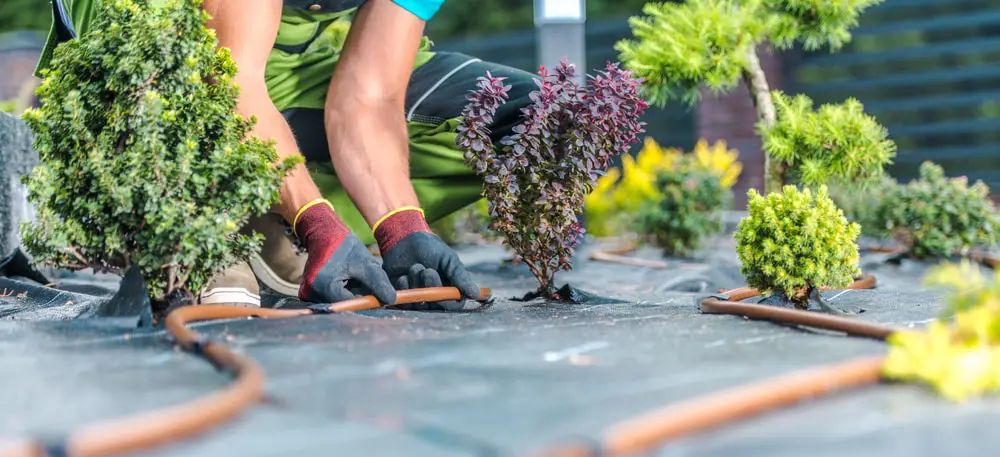
Planning and installing an irrigation system requires research. How far apart should the sprinklers be? What irrigation technique works best for your property? Do I need more than one type of system? These are all questions you’ll have to answer before choosing and installing an irrigation system. A poorly designed or installed irrigation system can do more harm than good, which is why professional guidance is so valuable when choosing between the different types of irrigation systems. At The Grounds Guys, we provide free estimates and guarantee all our work with the Neighborly Done Right Promise™, which provides peace of mind that the job will be done right. In addition to providing valuable advice and recommendations, we can also help you avoid some of the common mistakes people make when choosing an irrigation system. Here are some of the mistakes we see.
Common Irrigation Mistakes

Here are the most common irrigation mistakes to avoid:
- Overwatering — too many sprinklers or too much water flow from the system.
- Underwatering — not enough sprinklers or inadequate water flow from the system.
- Use the same amount of water for your lawn as for your shrubs, vegetable garden, and other plants (don’t do it!).
- Not using a moisture/rainfall monitor to avoid watering during or after rainfall.
- Simultaneously using different types of irrigation systems can result in overwatering.
- Incorrect watering schedule for your landscape needs.
Get Started with Proper Irrigation Today
If you find yourself standing in the lawn care aisle with unanswered questions about what irrigation method to choose, consult the experts at The Grounds Guys. We’ll come out to evaluate your property and help you decide on an efficient and effective irrigation system and plan for your lawn and landscape. And with work that is backed by the Neighborly Done Right Promise™, your satisfaction is guaranteed. Contact us today to get started!
.webp)
 Click to call
Click to call


